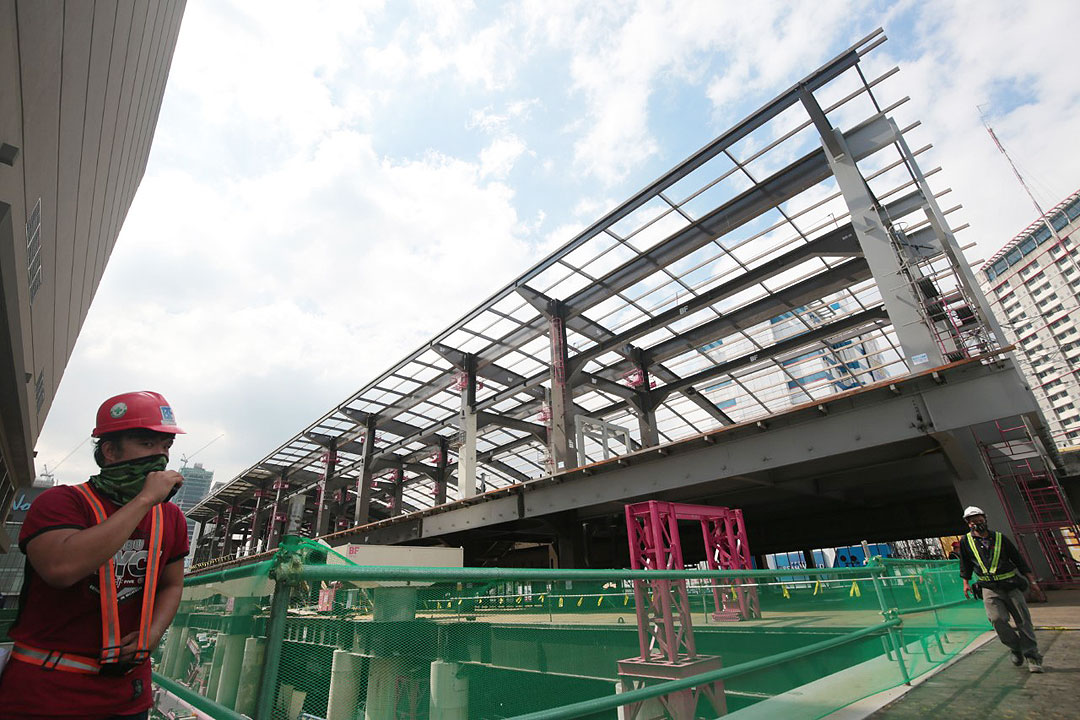National infrastructure master plan must be based on regional priorities, local land use

A PROPOSED law that will serve as a blueprint for national infrastructure development must take into consideration the priorities of each Philippine region and local land use plans, national government officials said on Monday.
National Economic and Development Authority Investment Programming Group Assistant Secretary Jonathan L. Uy pointed out that many of the national and regional development plans depend on land use ordinances set by local governments.
“One of the considerations in this proposal will be the harmonization of legislation with regard particularly to land-use,” he said during a Senate economic affairs hearing.
Mr. Uy said regional planning is done in a “bottom-up” process with coordination among local governments and local offices of the different national agencies.
However, final approval of infrastructure projects “depends now on the national level what they will choose to prioritize.”
Department of Energy (DoE) Assistant Director William G. Quinto said at the same hearing that power infrastructure projects must also be planned in coordination with other agencies to avoid conflicts in setting out locations.
“DoE also recommends enhanced complementation of energy projects with other government agencies to avoid overlapping in terms of project sites,” he said.
Senate bills 158 and 1987 seek the creation of a comprehensive infrastructure development master plan.
The measures propose to increase the role of regional development councils and government-owned and -controlled corporations in the formulation of master plans to promote coherent projects at the national and local levels.
“We also envision to consider the preparation of regionalized mapping of all key national projects identified in the infrastructure sector’s master plans,” Mr. Quinto said. “These help to address gaps in the project siting.”
“We also want to consider the integration of infrastructure resilience in draft policy to safeguard government infrastructure development and investment,” he added.
The proposed master plan will include priorities, schedules, and phases in the implementation of infrastructure projects and activities as well as the estimated funding requirements and financing modalities.
The Philippines is divided into 17 regions. It has 81 provinces with over 1,500 cities and municipalities. — Alyssa Nicole O. Tan



